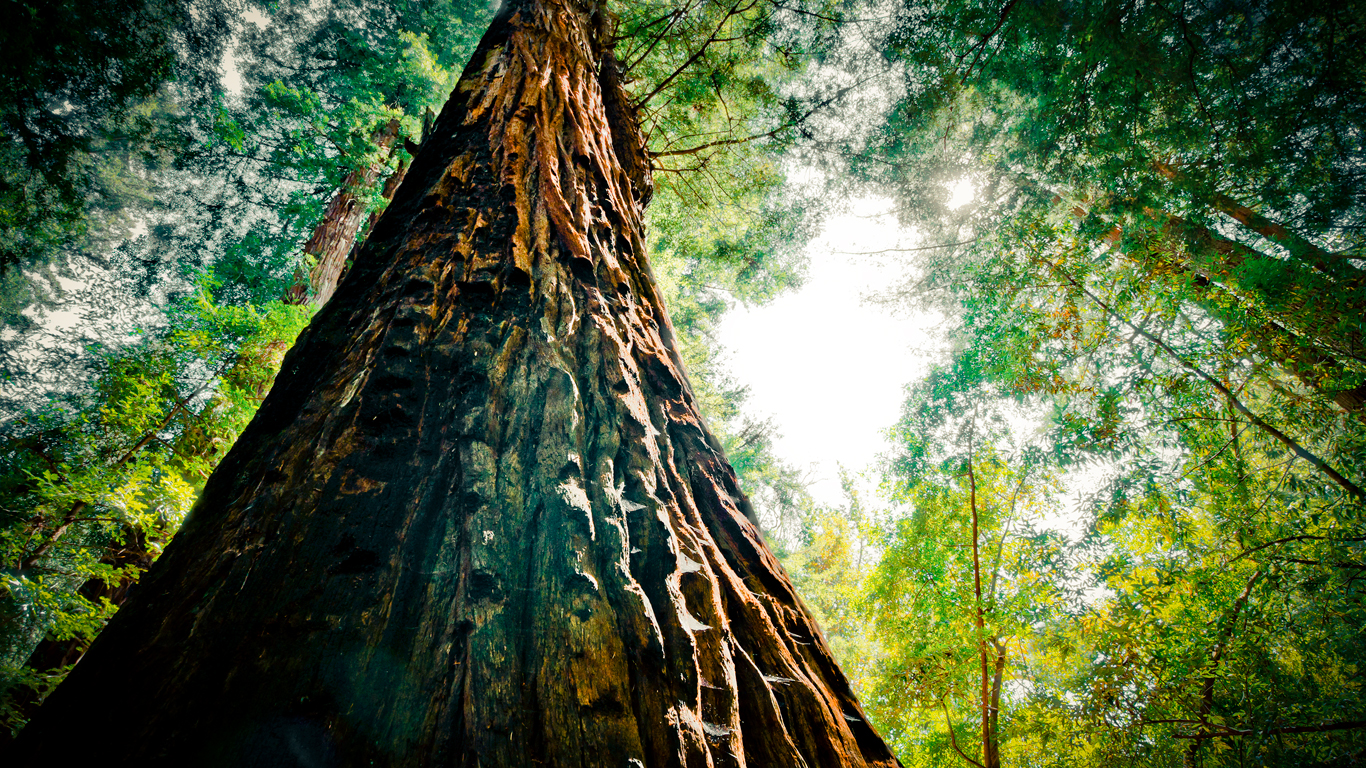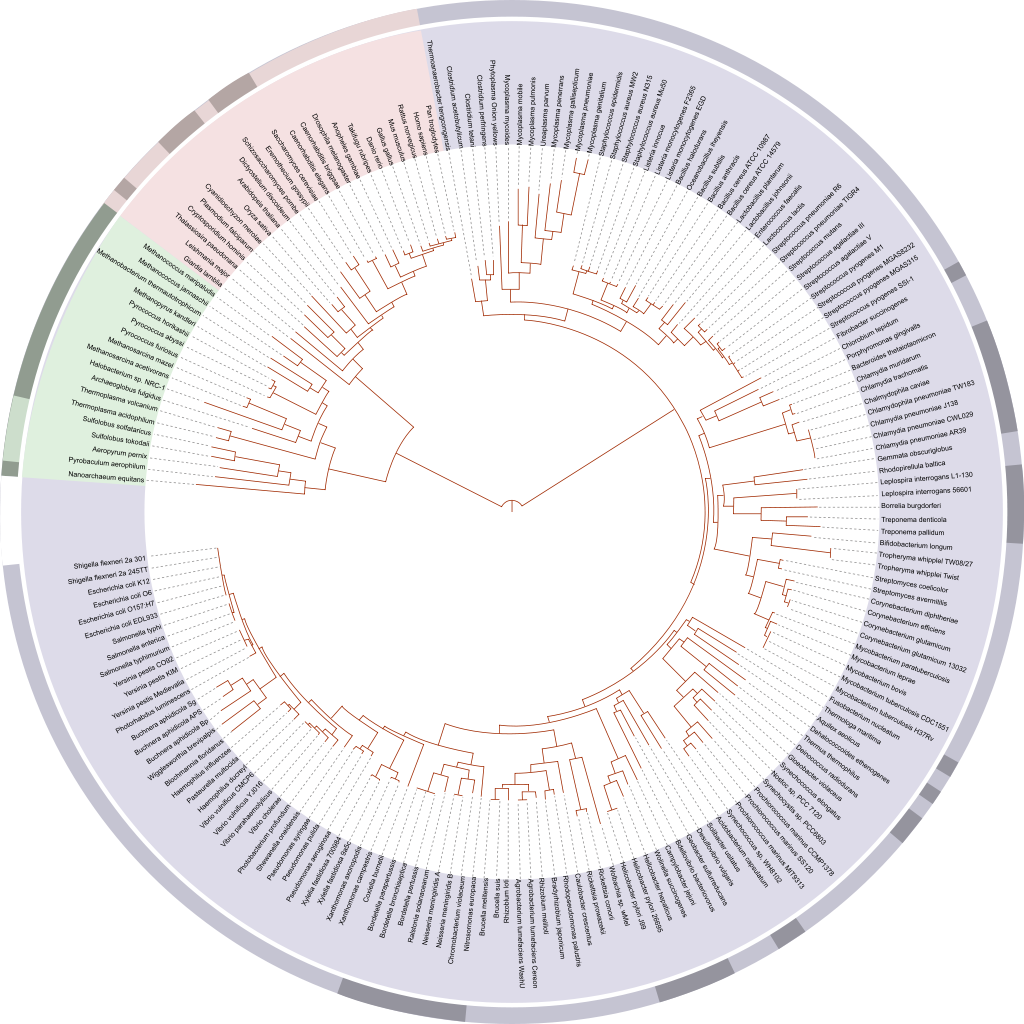Meet Your Evolutionary Family

Life on earth is symbiotic. We are deeply interconnected with and inseparable from the rest of the biosphere. This deep alliance manifests in our genetic distance from other animals and plants, and by the vast array of microbes for which we serve as worthy hosts.
As many as 112 microbes are at this very moment foraging and scuttling about inside each and every one of us, some providing beneficial aid, some promoting harm, and some just along for the ride. Our ties run deeper, however. Advanced sequencing methods show that a whopping 8% of our genome is inherited viral DNA. Moreover, 37% of human genes have homologs in bacteria and 28% are traceable to unicellular eukaryotes.
This tangled web of co-dependency suggests that studying humans and other animals in isolation no longer makes sense. Instead of viewing ourselves as freestanding individuals, we are perhaps best thought of as integrated biological ecosystems. Bacterial colonies with legs.
A recent piece on i09 probes this connectedness by asking a question indissociable from Darwin’s great theory: is every living thing on earth related? After all, to talk about Darwinian evolution is to talk about universal common ancestry (UCA), the idea that all of life on earth is genetically linked to a single progenitive forerunner. Dogs, corvids, cetaceans, worms – if you follow the chain far enough back in time, you’d eventually converge upon a primordial bundle of life which gave rise to the biodiversity witnessed today.
We still can only speculate on the specific characteristics of this last universal ancestor (LUA), but recent statistical analysis provides further support for this key pillar of Darwin’s theory. Douglas Theobald, a research professor at Brandeis University in Massachusetts, now lends compelling mathematical evidence toward UCA and against multiple ancestry.
Theobald and his team started with twenty-three proteins common to twelve different organisms alive today. The twelve chosen are distributed evenly (four a piece) among the three basic domains of life: Archaea, Bacteria and Eukarya. Using model selection theory, the team then ran the genetic sequences to determine whether single or multiple ancestry was more likely.
Various patterns of descent can be grouped according to how much commonality organisms share in terms of their DNA. This can easily be done for specific phyla, but the statistical work done at Brandeis integrates all three of life’s branches, concluding that the overlap in gene relationships points to a genetic center, existing most likely 3.5 to 3.8 billion years ago. A number of variables were fed into their model, choosing to rely on more than just sequence similarity. The results strongly favor single ancestry over a multiply threaded origin scenario.
Various attempts have been made to distill and visualize earth’s great chain of being. The collaborative, peer-reviewed Tree of Life Web Project, which began back in 1995, is a superb rendering of relatedness and perhaps the best source freely available. Go ahead. Meet the family below.
The image (click here for a larger view) collates all major phyla and locates them according to the best available molecular and cladistic data. It’s a tidy picture of the history of life on earth.
While we have much to learn about the details, the results are in: we are intertwined with an imponderably vast chain of life reaching back to precellular material and to the interstellar maelstroms from whence it derived. We share kinship, however distant, with every form of life on earth – with those that once paced and stalked the steppes of Europe, with those that paddle and float in the chemosynthetic depths of the Pacific, with those that soar, swoop and sail the skies above us, and with those that have yet to come.
External link: Is every living thing on Earth related?
Feature image: “Redwood Extreme” by colindub.com



Comments